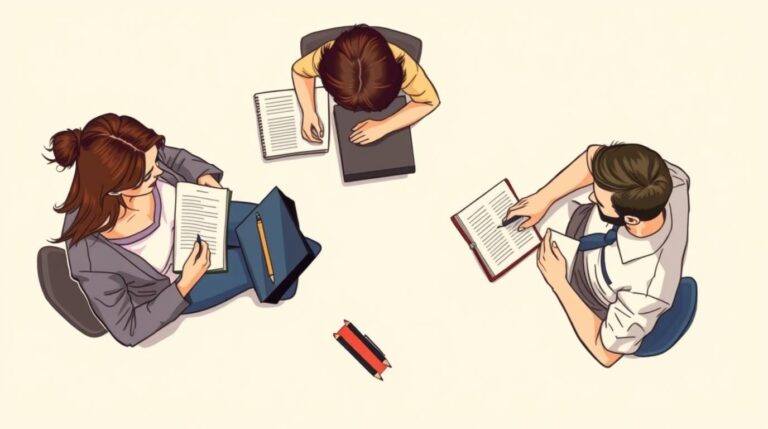Doctor Zhivago by Boris Pasternak
Plot Summary
Boris Pasternak’s Doctor Zhivago is an epic novel that follows the life of Yuri Zhivago, a poet and physician, as he navigates the sweeping turmoil of early 20th-century Russia—most notably the Russian Revolution of 1917, the subsequent Civil War, and the harsh beginnings of Soviet rule. Born into a bourgeois family, Yuri is orphaned young and raised by friends of the family. He grows into a sensitive, introspective man who marries Tonya Gromeko, the daughter of his adoptive family.
The narrative gains complexity with the introduction of Lara Antipova, a woman who becomes the great love of Yuri’s life. Lara’s life intersects with Yuri’s at several key moments, as both endure personal and societal upheaval. Lara is initially involved with Victor Komarovsky, a manipulative older man, but she eventually marries the idealistic revolutionary Pasha Antipov, who later transforms into the radical and feared Bolshevik commander, Strelnikov.
Yuri and Lara’s love story unfolds in the midst of violence, loss, disillusionment, and shifting ideologies. The novel culminates in a tragic separation, emblematic of the broader dislocation caused by the Revolution. Yuri’s later years are marked by obscurity and poverty; he dies quietly in Moscow. The final section of the novel features a collection of Zhivago’s poems, offering lyrical insights into his internal world.
Themes
- Love and Individualism vs. Collective Ideology
At its heart, Doctor Zhivago is a love story, but more profoundly, it explores the tension between individual desires and the overwhelming force of history. Yuri’s poetic soul and personal ethics clash with the collectivist demands of Soviet ideology. His love for Lara becomes a symbol of personal truth in a world that increasingly demands conformity. - Art and the Human Spirit
Pasternak champions the enduring power of art and literature. Yuri’s poetry—quietly interspersed throughout the novel—acts as a form of resistance against the mechanization of life under totalitarianism. The final poems serve both as a personal catharsis and a universal lament. - Fate and History
The novel scrutinizes the randomness of history and its impact on individual lives. Characters are swept up by political changes over which they have little control, emphasizing the helplessness and fragmentation experienced by many Russians during this period. - Moral Ambiguity
There are no wholly virtuous or evil characters; even revolutionaries like Strelnikov are portrayed with depth. The novel invites readers to question simplistic narratives about heroism, loyalty, and political purity.
Style and Structure
Pasternak’s style in Doctor Zhivago is both lyrical and cinematic. His prose is rich in imagery, often blending the natural world with inner emotional landscapes. He employs a third-person omniscient narrator, allowing access to various characters’ thoughts and motivations, though Yuri remains the emotional core of the story.
The structure is episodic and at times non-linear, reflecting the chaos of the historical period. The narrative spans decades, interweaving personal and political events with an almost dreamlike pacing. Pasternak makes extensive use of symbolism—especially natural motifs like snow, forests, and light—to deepen the emotional and philosophical resonance.
The inclusion of Yuri’s poems at the end is unconventional but effective, encapsulating his interior life in a way the prose could not fully convey. These poems are written in a romantic, almost mystical style that contrasts sharply with the brutal realities of the story.
Historical and Literary Context
Completed in 1955 and published in 1957 (first in Italy), Doctor Zhivago was banned in the Soviet Union for its perceived ideological subversion and its failure to glorify the Revolution. Pasternak was awarded the Nobel Prize for Literature in 1958, largely because of this novel, but was forced to decline the honor under pressure from Soviet authorities.
The book emerged during the Cold War and was rapidly seized upon in the West as both a literary masterpiece and a political statement. The CIA reportedly helped distribute copies of the novel in the USSR, recognizing its potential to undermine Soviet propaganda.
Literarily, Doctor Zhivago belongs to the tradition of Russian realist and romantic literature, echoing the works of Tolstoy, Dostoevsky, and Turgenev. Pasternak’s blend of the personal and the political, the poetic and the prosaic, aligns him with these 19th-century predecessors, even as he offers a uniquely 20th-century perspective.
Doctor Zhivago is not an easy novel—it’s sprawling, fragmented, and occasionally opaque—but it is a work of profound beauty and enduring relevance. Pasternak’s vision of the human spirit, tested by history yet kept alive through love and art, is both tragic and hopeful.
The novel’s refusal to conform—to narrative simplicity, to ideological certainty, to emotional neatness—is its greatest strength. It reminds us that in times of upheaval, literature can preserve the nuances of the individual soul against the flattening force of history.
For readers interested in literary fiction, historical epics, or philosophically rich narratives, Doctor Zhivago remains a monumental and moving achievement, deserving of its place among the great novels of the 20th century.
